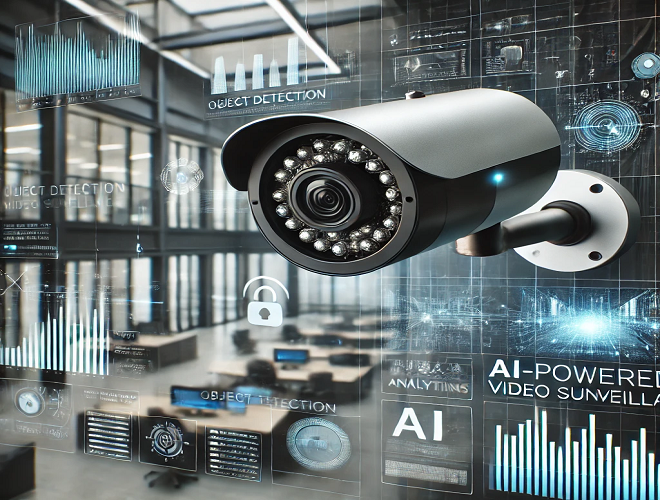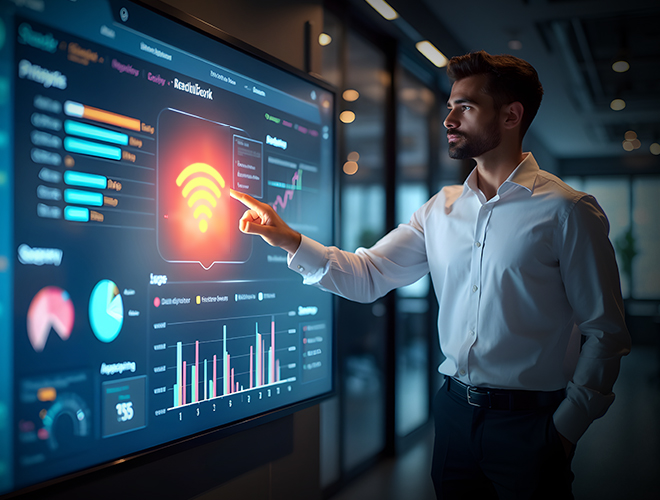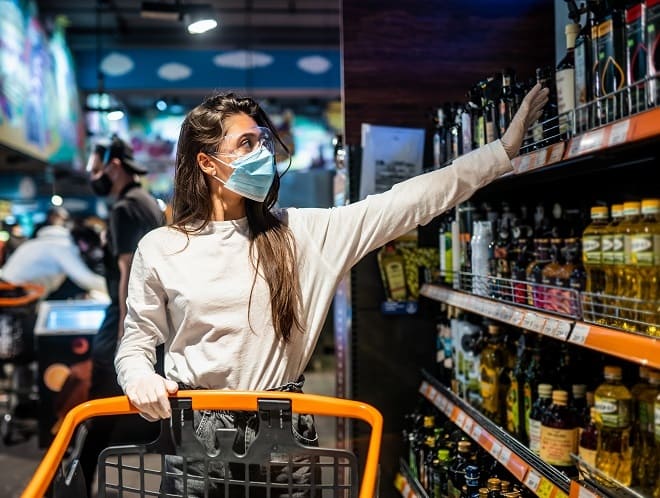Retail today is increasingly moving towards AI and machine learning. Retailers can use AI to analyze user behavior, create more personalized shopping experiences, improve product recommendations, and optimize pricing and promotions. This is especially helpful when retailers have multiple stores in different locations. AI is also leveraged to provide a better customer experience in stores and increase safety for employees. So what is the future of AI in retail and how can you harness its power?
According to a recent report by McKinsey, the use of artificial intelligence in retail is growing at a rapid pace. Besides using AI to improve the retail experience for both customers and businesses, you can use it to streamline back-end operations such as order fulfillment and customer service. Overall, the use of AI in retail is estimated to increase profits by an average of 5-9 percent by 2025. With such promising statistics, it's no wonder that more and more retailers are turning to AI to give them a competitive edge.
Let’s take a look at some AI use cases for retail chains.
How retail chains can use Artificial intelligence
Use case #1: Monitor real-time footfall
AI-powered video analytics solutions enable you to track foot traffic at your stores in real time. This provides valuable data about how your customers move inside your stores. AI can create heatmaps that help you identify where customers are spending most of their time. This is useful to measure the impact and engagement of advertisements and product displays.
Monitoring footfall helps identify the areas in your store that cause blockages and make movement difficult. Bottlenecks and traffic jams can easily be avoided by utilizing more efficient store layouts. If the positioning of a certain product is causing traffic, then product placement can be improved. This can significantly improve the customer experience. And less profitable stores can be optimized to drive more traffic and increase sales.
Another use of monitoring foot traffic is to gain insight into how factors like the weather and holidays affect movement at the store. It will help you determine staff requirements depending on when the AI tells you traffic is going to be heavy.
Use case #2: Keep queues short
Check-out counters at a store are some of the hardest aspects to get right. They can be a major bottleneck if the number of customers and the number of open registers is not at par. Too many customers and not enough registers lead to long queues which dampens the customer experience. But too many open counters and not enough customers can reduce profitability.
With AI-powered video analytics, you can optimize your staffing schedule to account for the peaks and valleys of customer traffic. That way you will be able to keep the queues to a minimum and avoid idle staff at the same time.
Use case #3: Prevent theft and loss
AI has capabilities that humans just don’t. And this becomes very apparent in the case of preventing theft at a store. Even the most vigilant employees are not able to completely prevent pilferage and shoplifting.
But an AI-based solution, when integrated with your closed-circuit security cameras, can identify suspicious behavior such as loitering and immediately intimate employees about the possibility of theft. This way any losses incurred from theft are prevented before such an incident can even take place. And employee safety is enhanced as well.
Use case #4: Gain product insights
Perhaps, one of the biggest AI use cases for retail chains is that it provides data and insights into product stock and helps plan inventory.
By analyzing video data, AI-based algorithms create heatmaps and charts that let you know which products are generating the most interest in the shoppers. If multiple customers are spending a lot of time in front of certain product displays or if the stock for a particular product keeps running out, then you know that the product is in high demand and you can plan your inventory accordingly.
And vice-versa, if a product is getting barely any attention from shoppers, it is time to think about unstocking it. This is a great and cost-effective way to analyze product data that AI can do for you automatically.
You can also use AI to avoid stockouts. By analyzing videos collected from product shelves, AI can identify any gaps where products should be located. In this way, it alerts you when the stock of a product is low or when it is out of stock. You can then become aware that the product requires restocking. Thus, the future of AI in retail also helps with inventory management.
Use case #5: Pandemic management
In the post-pandemic business era, stores have to adhere to strict COVID regulations and maintain health safety with frequent cleanliness checks. This has increased the complexity of business operations.
Video analytics can tackle these new challenges with an AI-driven mechanism that captures video data points through your CCTV camera, analyzes them to check for anomalies, and raises alerts in real time.
This way you can be alerted automatically if, say, the number of customers at your stores exceeds the amount allowed by the law and maintain a COVID-friendly environment without having to constantly monitor the stores yourself.
The future of AI in retail is now
The above AI use cases for retail chains illustrate that AI can obtain critical information from multiple stores and help retailers optimize and streamline their merchandising strategies. As AI continues to evolve, we can expect even more amazing innovations in the retail sector. In the future, AI will become increasingly ubiquitous in retail, changing the way that businesses interact with customers and operate on a day-to-day basis.
Spectra’s robust video analytics solution helps you modernize your retail stores by providing you with real-time actionable insights to boost customer experience and helps you become future-ready. Connect with our solutions consultant at spectra.co to learn more.
Popular Searches:
AI Powered Video Analytics | Video Analytics in logistics Chain | Intelligent Video Analytics | Benefits of Business Fiber Internet Service | Importance of Managed WiFi | Benefits of Business Fiber Internet Service | Leased Lines For Small Business | Managed WiFi Solution Work for Business









